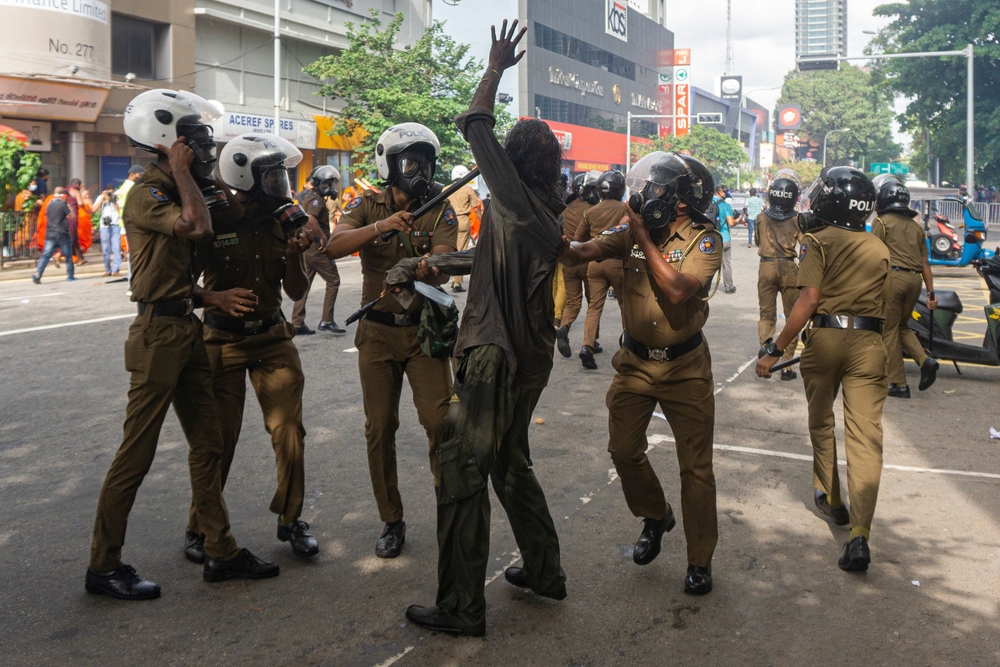The illegality of Paraguay’s cannabis trade is fuelling violence in the country, with indigenous communities facing some of the worst consequences.
According to 2014 UNODC figures, 50 per cent of South America’s cannabis is cultivated in Paraguay, making it the region’s leading producer. Around 75 per cent of cannabis production in the country occurs in the Brazil-border region in the east of Paraguay.
This region is also home to the Paï Tavytera, an indigenous ethnic group, who have resultantly become routinely victimised by trafficking-related violence.
The Paï-Tavytera have been the victims of numerous instances of murders, disappearances, and sexual violence at the hands of alleged traffickers since the 1990s, when illegal cannabis production became normalised in eastern Paraguay. The Paï-Tavytera’s calls for state help have largely fallen on deaf ears, the Transnational Institute reports.
In a 2014 report by Tierraviva, an organisation working to protect the indigenous people of eastern Paraguay, authors claim that the national government do not provide sufficient protection or justice to the Paï-Tavytera because of systemic corruption.
Justice, they claim, is the preserve of the rich and the powerful.
In 2013, there were 57 reported cases – including murders – in which indigenous people were victimised in the Amambay department, the primary home of the Paï-Tavytera and the country’s leading cannabis cultivation area. Among these, only two were investigated by regional police, the report claims.
An official from the Secretariat of Indigenous Affairs, which represents indigenous communities, claimed in December 2013 that "currently in Amambay, there are 170 [indigenous people] in prison, 60 with minor causes. However, no Paraguayan who harms indigenous people is in jail".
The state’s inaction, and the potential for violent reprisal against whistle blowers, suggests that many such crimes are not even reported in the first place, making it difficult to establish the full extent of the violence.
To make matters worse for the Paï-Tavytera, conflict between drug gangs has led to families being forced from their land. This loss of livelihood has led to many young indigenous people being forced to work on cannabis plantations, as they have no other source of income.
Subsequently, the national government’s harsh crackdown on drug trafficking, including the militarised “War on Weed” that was launched in 2013, has led to a vicious cycle of escalating violence in which indigenous communities continue to suffer.
In May 2016, the US' Overseas Security Advisory Council reported that the Amambay department was "the most violent area" of Paraguay, with "the vast majority of the homicides … believed to be drug-related".
While trafficking-related violence continues to take place in Amambay, it may reduce if legislators implement policy alternatives to cannabis prohibition.
A bill put forward in September 2016 proposed the decriminalisation of cannabis cultivation for personal use. While this bill is yet to be debated, it marks a sign of gradual progress in a nation that has long-adhered to prohibitionist norms.
However, as much of Paraguayan cannabis is cultivated for illegal export, regional reform may be necessary to counter the trafficking-related violence taking place in the country.


